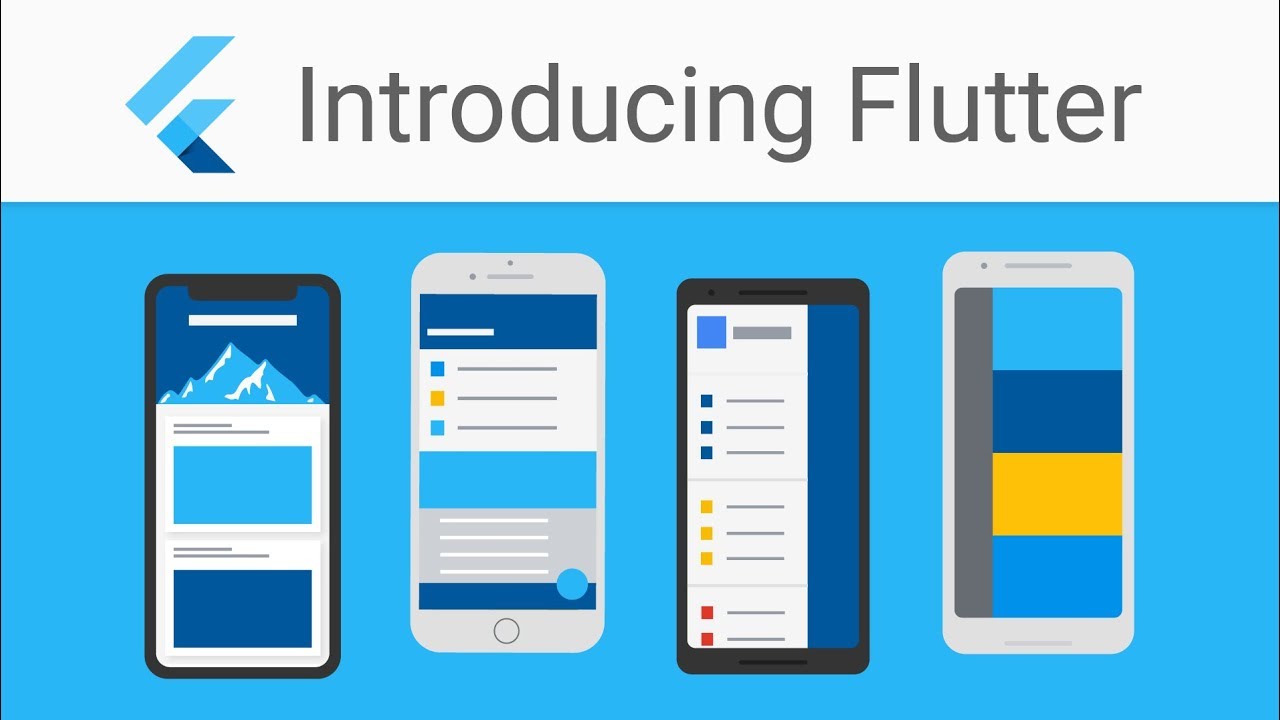Python: An In-Depth Overview
Python: An In-Depth Overview
Key Takeaway: With its clear syntax, extensive ecosystem, and cross-domain versatility, Python remains the premier choice for diverse client projects—from AI solutions and data analytics to web applications and automation.
Introduction
Python is a high-level, general-purpose programming language renowned for its readable syntax and “batteries-included” standard library. It supports multiple paradigms—procedural, object-oriented, and functional—making it ideal for rapid prototyping, scalable web services, and complex data workflows1.
History and Creator
Guido van Rossum conceived Python in the late 1980s at Centrum Wiskunde & Informatica (CWI) in the Netherlands as a successor to the ABC language capable of exception handling and interfacing with the Amoeba OS2. He released Python 0.9.0 in February 1991, featuring classes, exception handling, functions, and core data types like list, dict, and str2.
Key milestones:
- Python 1.0 (1994): Introduced community-driven development.
- Python 2.0 (2000): Added list comprehensions, garbage collection, and Unicode support.
- Python 3.0 (2008): Broke backward compatibility to fix fundamental design flaws and modernize the language2.
Van Rossum served as Python’s “Benevolent Dictator For Life” until 2018, after which governance moved to a steering council model1.
Benefits
- Readability and Ease of Use: Python’s indentation-based syntax mimics plain English, reducing cognitive load and shortening development cycles3.
- Extensive Standard Library: Modules for web protocols, file I/O, testing, and more arrive out-of-the-box, minimizing third-party dependencies3.
- Vast Ecosystem: Frameworks like Django/Flask, scientific libraries—NumPy, Pandas—and ML toolkits—TensorFlow, PyTorch—cover nearly every domain4.
- Cross-Platform Compatibility: Runs on Windows, macOS, Linux, and embedded systems without modification1.
- Large Community and Support: Millions of developers worldwide contribute tutorials, Q&A forums, and open-source packages, ensuring timely solutions to common challenges5.
Drawbacks
- Performance Overhead: As an interpreted language with dynamic typing, Python can be slower than compiled languages like C++ or Java—unsuitable for low-latency, real-time systems6.
- High Memory Consumption: Flexible data structures incur significant RAM use, limiting Python on memory-constrained devices or embedded systems6.
- Global Interpreter Lock (GIL): Prevents true parallel execution of Python bytecode in multiple native threads, hindering CPU-bound multithreading6.
- Mobile and Game Development Constraints: Python’s runtime size and performance limitations make it a rare choice for mobile apps and high-performance games7.
- Type Safety: Dynamic typing can lead to runtime errors that static typing would catch at compile time; large codebases may suffer maintainability issues without disciplined type annotations and testing8.
Use Cases
1. Web Application Development
Python frameworks accelerate web projects with robust security, ORM-backed database access, and template engines.
- Django: Ideal for complex, data-driven sites with built-in admin panels and authentication modules.
- Flask: Suited for microservices and lightweight APIs requiring minimal overhead.
- FastAPI: Optimized for asynchronous, high-throughput APIs.
Real-World Example:
Instagram employs Django to manage millions of daily commits and maintain code readability in its massive codebase4.
2. Data Science, AI, and Machine Learning
Python dominates analytics and AI due to libraries for data manipulation, statistical modeling, and neural networks.
- Pandas & NumPy: Data preparation and numerical computing.
- Matplotlib & Seaborn: Visualization for exploratory analysis.
- Scikit-learn: Classical ML algorithms.
- TensorFlow & PyTorch: Deep learning frameworks for production and research.
Real-World Example:
NASA uses Python for scientific computing tasks, leveraging SciPy for simulations and TensorFlow for predictive analysis in satellite imagery9.
3. Automation and Scripting
Python’s simple syntax and rich I/O libraries make it ideal for automating repetitive tasks across domains.
- Web Scraping: Beautiful Soup and Scrapy for extracting data from dynamic pages.
- GUI Automation: PyAutoGUI for controlling mouse and keyboard actions.
- DevOps Scripting: Ansible modules are largely Python-based for configuration management.
Real-World Example:
Cisco automates user account management and network device configuration using Python scripts integrated with Active Directory and REST APIs, reducing manual effort and human error4.
Conclusion
Python’s blend of simplicity, cross-domain libraries, and vibrant community support delivers unmatched productivity for software development agencies. While performance and concurrency limitations exist, they can be mitigated through selective use of compiled extensions (Cython), microservices architectures, or asynchronous programming. For clients seeking rapid development of web platforms, data analytics pipelines, or automation tools, Python represents a future-proof investment that balances speed of delivery with long-term maintainability.
references:
- https://en.wikipedia.org/wiki/Python_(programming_language)
- https://en.wikipedia.org/wiki/History_of_Python
- https://www.geeksforgeeks.org/python/history-of-python/
- https://mobilunity.com/blog/python-use-cases/
- https://pythoninstitute.org/about-python
- https://canadian.agency/pros-and-cons-of-python-programming-language/
- https://www.geeksforgeeks.org/python/disadvantages-of-python/
- https://mobilunity.com/blog/advantages-and-disadvantages-of-python/
- https://computerhistory.org/profile/guido-van-rossum/
- https://www.perplexity.ai/finance/GOOGL
- https://www.activestate.com/wp-content/uploads/2019/04/ActiveState-Top-10-Python-Use-Cases-Customer-Successes.pdf
- https://www.judge.com/resources/blogs/a-brief-history-of-the-python-programming-language/
- https://www.geeksforgeeks.org/blogs/python-applications-in-real-world/
- https://www.squareboat.com/blog/advantages-and-disadvantages-of-python
- https://www.edx.org/resources/python-use-cases
- https://www.reddit.com/r/Python/comments/1en1rl2/what_are_the_real_downsides_of_python_and_can_you/
- https://www.freecodecamp.org/news/what-is-python-best-for/
- https://www.linode.com/docs/guides/pros-and-cons-of-python/
- https://www.python.org/about/success/
- https://kipp.ly/python-history-since-the-fifteenth-century/
- https://serokell.io/blog/python-pros-and-cons
